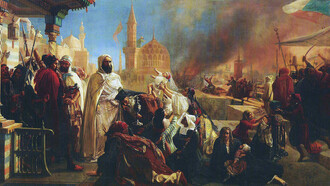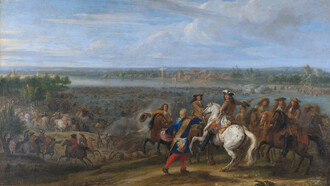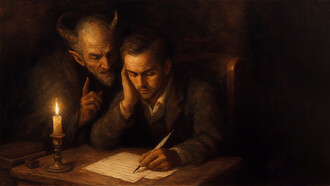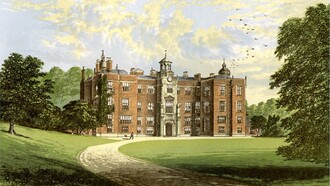Globalism is rising significantly with the advancement of technology. This is forming a significant impact on cultures across the world. Of course, this impact is one-way traffic. There is also a theoretical purpose of Canadian Marshall McLuhan’s idea of a “Global Village.” This was envisioned much before the development of the internet. This was a very impactful word which showed its reflection in a much more comprehensive way. In the present world, all of us are well aware of cultural issues and we are delighted to know about other cultures. There is no limit to gaining knowledge. Cultural transformation is a common activity nowadays.
Every person gets familiar with a different cultural person due to mass migrations and job prospects. People go to other developed countries for better opportunities, they mix up with people and get to know about other cultures. Although all countries have their own cultures, some countries show some unique cultural reflections. Knowing about those cultures and their activities seems to be very exciting. This article is formulated to make familiarity with the cultural aspect of Bangladesh, a country with a very rich culture, among the mass.
Bangladesh is a country based in South Asia. This is a developing country with a rich cultural aspect. The culture of Bangladesh is quite vibrant. Many traditional cultures are followed by Bangladeshi people. Bangladesh has a rich and diverse culture. The intensely entrenched heritage is reflected thoroughly in its cultural programs, dance, literature, music and clothing style. There are mainly people of three primary religions (Islam, Hinduism and Buddhism) that have had a greater impact on its culture and history.
There are many festivals and "Pahela Baishakh" is one of the most celebrated festivals in Bangladesh. This is the first day of the Bangla calendar year and this day is celebrated with an enormous arrangement by all the people from the masses. The people of this country arrange "Baishakhi Mela" (fair) on this day. Traders open their new fiscal account book named ‘Halkhata’ for the new year. They also offer sweets to their customers and purchasers. This day has an exclusive magnetism for the urban people. They get up early in the morning. They dress up in red and white coloured attires. Girls drape white and red saree and boys wear Panjabi. They go to the fair and enjoy the whole day with music and food. This is a great day to celebrate.
Some other festivals like "Eid-ul-Fitre" and "Eid-ul-Azha" are celebrated by Muslims and enjoyed by all religions as well. And also, the Puja festivals are celebrated by the Hindu community with the grand arrangement.
And then comes International Mother language day, Victory Day and Independence Day, which are all celebrated in grand ways.
Bangladeshi people have a rich legacy of fiction. They have their first available literature which is over a thousand years old. The literature of Bangladesh developed significantly throughout the feudal period with the growth of popular poets named Kazi Nazrul Islam, Chandi Das, Daulat Kazi an Alaol.
Traditional Bangladeshi music is similar to Indian music, but not the same. Bangladeshi music can be categorized as classical, folk and modern. A rising culture is band music which is very popular among the young generation. Both vocal and instrumental classical music is enjoyed in Bangladesh. Modern music is very popular among teenagers and adults as well.
Tribal dance is one of the most unique cultures. The girls of the countryside are in the custom of dancing to prevalent folk songs. Their dance requires no rules as such. They only need courage and rhythm. Both the male and female performers dance to the folk songs. Drama and theatre are old and popular traditions of Bangladesh, over a dozen groups of theatre in Dhaka City have been frequently performing on the play written locally for hundreds of years.















